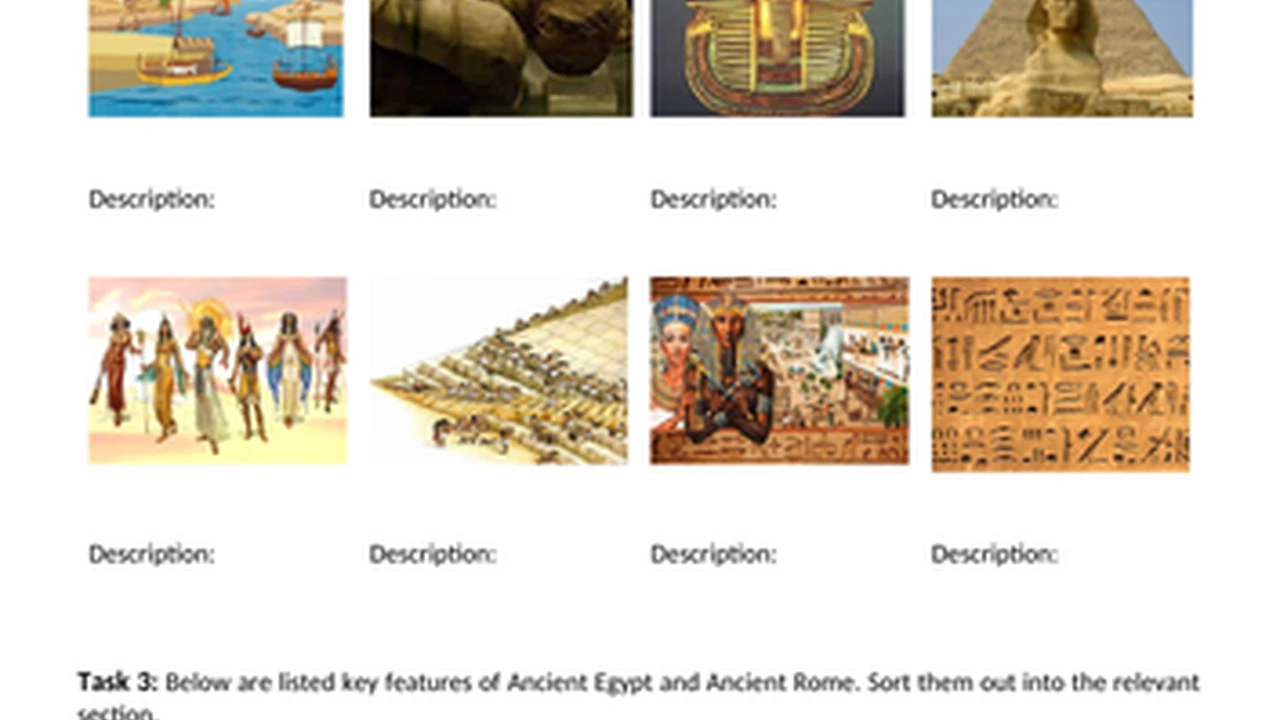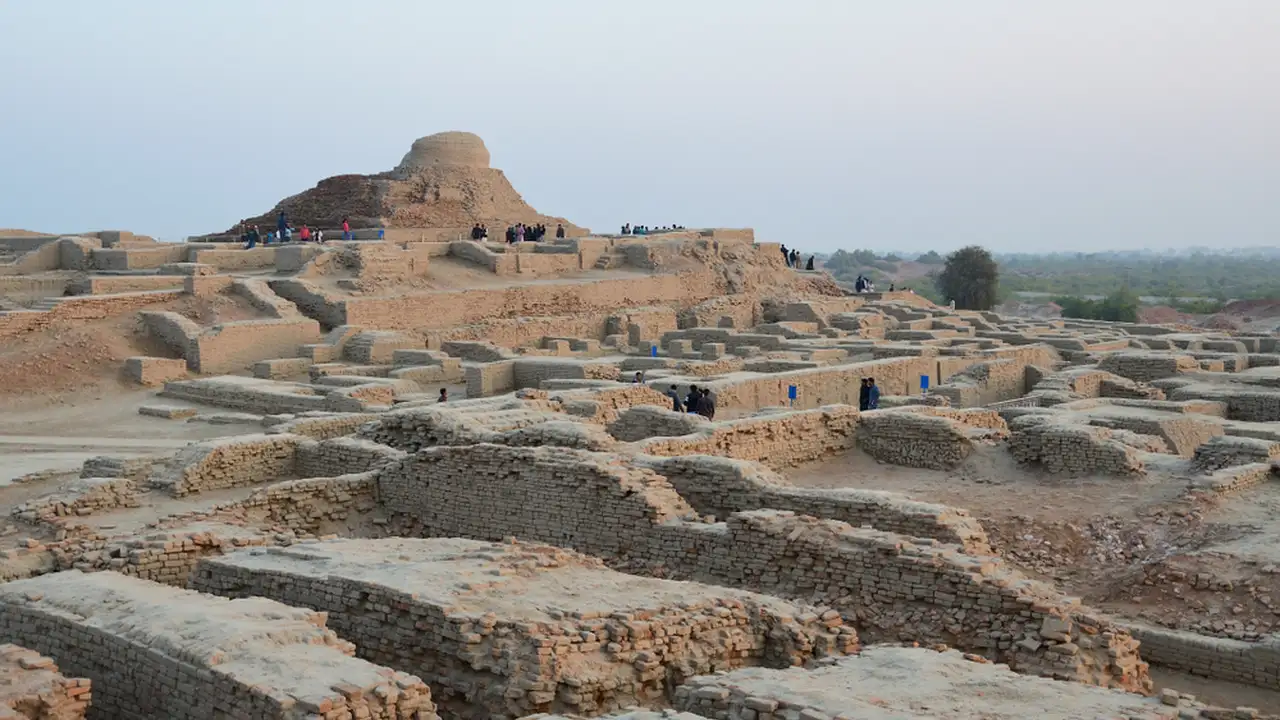Comparing Ancient Empires Rome vs Egypt
Comparing Ancient Empires Rome vs Egypt A detailed comparison of the ancient empires of Rome and Egypt Explore their culture architecture and legacies

Introduction Unveiling the Giants of Antiquity
Hey history buffs! Ever wondered who would win in a historical showdown between Rome and Egypt? Okay, maybe not a literal fight, but a comparison of their cultures, achievements, and legacies? Let's dive into the fascinating worlds of these two ancient powerhouses. We're not just skimming the surface; we're going deep, exploring everything from their iconic architecture to their everyday lives.
Geography and Environment Shaping Civilizations
First things first, location, location, location! Rome, nestled in the heart of Italy, had a more temperate climate and access to fertile lands, perfect for agriculture. The Tiber River was its lifeline. Egypt, on the other hand, was defined by the mighty Nile, a literal oasis in the desert. The Nile's annual floods brought rich silt, making the land incredibly fertile. This geographical difference significantly shaped their cultures. Rome was about expansion and conquering diverse terrains, while Egypt was more about managing and leveraging the life-giving Nile.
Political Structures Roman Republic vs Egyptian Pharaohs
Let's talk politics! Rome started as a monarchy, then transitioned to a Republic where citizens (well, some of them) had a say in their government. Think senate debates and elected officials. Egypt, however, was ruled by Pharaohs, considered divine rulers with absolute power. Imagine being worshipped as a god! This difference in governance led to different societal structures. Rome valued civic duty and military prowess, while Egypt emphasized religious obedience and centralized control.
Military Might Roman Legions vs Egyptian Armies
Time for some battle talk! The Roman legions were renowned for their discipline, organization, and innovative tactics. They conquered vast territories, from Britain to North Africa. Egyptian armies, while formidable in their time, primarily focused on defending their borders and suppressing internal rebellions. They were skilled archers and charioteers. Rome's military machine was all about expansion, while Egypt's was more about preservation.
Architecture and Engineering Wonders of the Ancient World
Okay, this is where things get really impressive. Rome gave us the Colosseum, aqueducts, and vast networks of roads – engineering marvels that still stand today. Concrete was their secret weapon! Egypt, of course, boasts the pyramids, temples of Karnak, and the Sphinx – monumental structures that inspire awe. Their mastery of stone masonry and astronomical alignment is mind-blowing. Rome's architecture was about practicality and grandeur, while Egypt's was about religious symbolism and eternal monuments.
Culture and Society Daily Life in Rome and Egypt
What was it like to live in ancient Rome and Egypt? In Rome, you'd find bustling marketplaces, public baths, and gladiatorial contests. Social status was everything, with patricians (the elite) enjoying a life of luxury while plebeians (commoners) struggled to make ends meet. Egypt had a more rigid social hierarchy, with priests and scribes holding significant power. Life revolved around agriculture, religious festivals, and the Pharaoh's court. Roman society was dynamic and competitive, while Egyptian society was more hierarchical and tradition-bound.
Religion and Mythology Gods and Beliefs
Let's talk gods! Roman religion was heavily influenced by Greek mythology, with gods like Jupiter (Zeus), Mars (Ares), and Venus (Aphrodite). They were more about rituals and state-sponsored worship. Egyptian religion was incredibly complex, with a vast pantheon of gods like Ra, Osiris, and Isis. They believed in the afterlife and elaborate burial rituals, like mummification. Roman religion was practical and state-focused, while Egyptian religion was deeply spiritual and focused on the afterlife.
Economic Systems Trade and Resources
Money makes the world go round, even in ancient times! Rome's economy was based on agriculture, trade, and conquest. They had a sophisticated system of coinage and a vast network of trade routes. Egypt's economy was primarily based on agriculture, thanks to the Nile. They traded grain, linen, and papyrus with neighboring regions. Rome's economy was diverse and expansionist, while Egypt's was more focused on agriculture and resource control.
Products and Technologies Showcasing Innovation
Now, let's get specific with some cool products and technologies!
Roman Concrete A Revolutionary Building Material
Roman concrete was a game-changer. It allowed them to build massive structures like the Pantheon and the Colosseum. The secret ingredient? Volcanic ash! Unlike modern concrete, Roman concrete could withstand seawater and extreme weather conditions.
* **Product:** Roman Concrete Mix (modern recreation)
* **Use Case:** Building durable garden walls, foundations, or decorative elements.
* **Comparison:** More durable than standard concrete mixes, but requires specialized knowledge to prepare correctly.
* **Price:** $50-$100 per bag (depending on the retailer and quantity).
Egyptian Papyrus The Ancient Paper
Egyptians invented papyrus, a paper-like material made from the papyrus plant. It was used for writing, record-keeping, and even boat-making! Papyrus scrolls were the ancient equivalent of books.
* **Product:** Authentic Papyrus Scroll
* **Use Case:** Decorative artwork, historical reenactments, or unique gifts.
* **Comparison:** More fragile than modern paper, but offers a unique historical feel.
* **Price:** $20-$50 per sheet (depending on size and quality).
Roman Aqueducts Engineering Water Systems
Roman aqueducts were engineering marvels that transported fresh water over long distances to cities. They used gravity and precise gradients to ensure a constant flow of water.
* **Product:** Miniature Aqueduct Model
* **Use Case:** Educational tool for demonstrating Roman engineering principles.
* **Comparison:** A simplified representation of the complex Roman aqueduct system.
* **Price:** $30-$70 (depending on size and materials).
Egyptian Irrigation Systems Nile's Gift
The Egyptians developed sophisticated irrigation systems to manage the Nile's floods and distribute water to their crops. These systems included canals, dikes, and shadufs (a hand-operated lever system).
* **Product:** Small-Scale Irrigation Kit
* **Use Case:** Setting up a garden irrigation system based on ancient Egyptian principles.
* **Comparison:** A modern adaptation of ancient Egyptian irrigation techniques.
* **Price:** $40-$80 (depending on components).
Roman Roads Connecting the Empire
The Romans were master road builders. Their roads were straight, durable, and connected all parts of the empire, facilitating trade and military movement.
* **Product:** Roman Road Building Set (for kids)
* **Use Case:** Educational toy for learning about Roman engineering and road construction.
* **Comparison:** A simplified and safe version of the tools and materials used by Roman road builders.
* **Price:** $25-$50.
Legacy and Influence Shaping the Modern World
So, who 'won' in terms of lasting impact? Both Rome and Egypt left an indelible mark on the world. Rome gave us our legal systems, language (Latin), and architectural styles. Egypt gave us mathematics, astronomy, and religious concepts. The Roman Empire's influence is evident in Western civilization, while Egypt's influence is seen in art, religion, and scientific advancements. Ultimately, both civilizations were incredibly influential in their own unique ways.
:max_bytes(150000):strip_icc()/277019-baked-pork-chops-with-cream-of-mushroom-soup-DDMFS-beauty-4x3-BG-7505-5762b731cf30447d9cbbbbbf387beafa.jpg)






